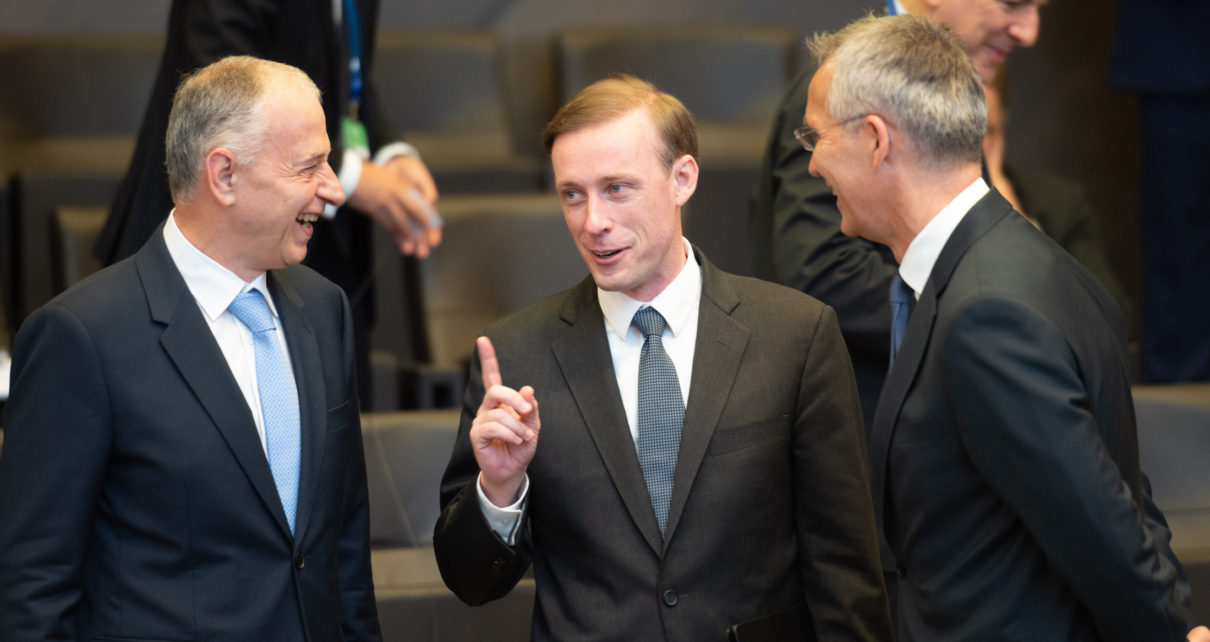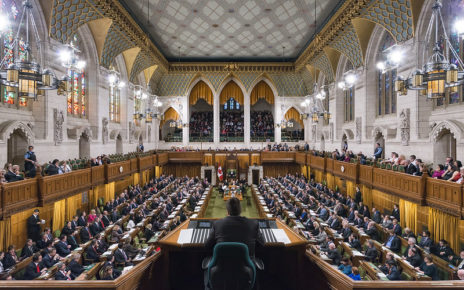The war in Ukraine has been characterized by many firsts: the first large-scale land war in Europe since the end of the Second World War; the first war involving hypersonic weapons; and the war that has sparked the largest-scale rearmament of Germany since the Second World War. The war has also produced another novelty in the form of the West’s response to disinformation, with the US, UK, and NATO all choosing to declassify rapidly and publicly share intelligence in near real-time regarding Russia’s planned invasion. This approach, in contrast to previous attempts to disclose intelligence publicly, has allowed for the West to seize the initiative in the information space with the broader goal of creating a shared strategic narrative that subsequently legitimizes its foreign policy decisions regarding Ukraine.
Prior to the Russo-Ukrainian War, the US’ attempts to publish intelligence have often been characterized by either inaccurate assessments or limited effectiveness in shifting an adversary’s behavior. Over the past two decades, the US has often shared intelligence pertaining to perceived immediate threats, most notably in the run-up to the 2003 Iraq War, but also relating to Russian interference in the 2016 US presidential election. On February 5, 2003, then-Secretary of State Colin Powell presented the US intelligence community’s findings regarding the existence of Iraqi weapons of mass destruction to the UN Security Council in order to secure support for a resolution authorizing intervention. When infamously proven false in the ensuing invasion, Powell’s speech significantly damaged the credibility of both the United States at large as well as its national security apparatus.
The US has also often failed to alert the public in a timely manner to clear and present threats to its safety, such as the Obama administration’s decision not to publicize reports of Russian interference in Western elections. Driven in part by its belief that such behaviour would not extend to American elections, this decision exemplifies another intelligence failure as the FBI would later publicly highlight Russia’s extensive efforts to affect the 2016 presidential contest. Nevertheless, in the months preceding February 24, the US and its allies sought to remedy these institutional missteps through a combination of credible evidence and heightened publicity to produce a policy success.
In a novel approach to combatting disinformation, the US, along with the UK and other NATO member states, continuously shared previously classified, credible intelligence publicly prior to and during the Russo-Ukrainian war. In response to Russia’s massing of its military along Ukraine’s borders, the US repeatedly and quickly detailed the nature of its force posture, including Russia’s pre-positioning of medical supplies for use in its “exercises” with Belarus and Russia’s alleged intention to launch “false flag” attacks in Ukraine. These efforts repeatedly contradicted the Kremlin’s ever-shifting official lines, which have centred around its desire to train along Ukraine’s borders, counter Ukrainian Naziism, and respond to a joint US-Ukrainian planned invasion of Russia. In addition, the US also revealed that its intelligence was directly sourced from within Russia, a largely unprecedented decision that bolstered the legitimacy of its statements within the international community.
This effort has also been prominently echoed by the UK, with a government information cell rapidly declassifying intelligence in order to de-bunk Russian claims. Rather than copying the missteps of Iraq and the 2016 election, the US, along with other allies, have been able to convey credible and sensitive information, including on the possible presence of weapons of mass destruction, in a timely manner. This has allowed for the West to “pre-bunk” Russia’s disinformation campaigns by seizing the initiative and consolidating its own strategic narrative.
It remains to be seen if this novel strategy has had an outsized effect on Russia’s war in Ukraine. Throughout its invasion, Russia has continued to utilize disinformation campaigns in order to gain an advantage on the battlefield, though it is possible that Putin’s government would have conducted these differently had the West’s response been more typical in responding to disinformation only after the fact. Nevertheless, the US and UK’s strategies of pre-empting propaganda by rapidly releasing relevant intelligence has significantly shaped the West’s military and economic response to the conflict. Through their actions, both countries have effectively provided the foundations for a shared strategic narrative across much of the rest of the West rooted in Ukraine’s status as a democracy under threat. This tactic has also formed the basis for a surge of domestic and international political support for Ukraine, further broadening the West’s ability to respond swiftly to a crisis on NATO’s Eastern Flank. Further, NATO’s decision to seize the initiative within the information space has significantly weakened Russia’s ability to propagate falsehoods to its advantage, contributing to its overall tactical and strategic failures during the Ukraine campaign. As a result, member states of the Alliance have continuously provided material and emergency funds to Ukraine, while heavily sanctioning Russia’s economy in an effort to degrade its war machine.
Open intelligence sharing will inevitably entail dangers that may undermine its intended purpose in providing the public with the most verifiable evidence possible in order to legitimize a government’s actions. Intelligence can be faulty or incomplete, relying on educated guesses and uncertain accounts of the same phenomenon, and there will always be a political cost to errors of judgment. Nevertheless, as demonstrated by the West’s approach to the conflict in Ukraine, allowing the public to understand its government’s own perspective often has the effect of bolstering their confidence in their own leaders, a necessary component to conducting sound foreign policy within a democracy.
Image copyright: “North Atlantic Council Meeting with the National Security Advisers” by NATO North Atlantic Treaty Organization via Flickr. Licensed under CC BY-NC-ND 2.0.
Disclaimer: Any views or opinions expressed in articles are solely those of the authors and do not necessarily represent the views of the NATO Association of Canada.




